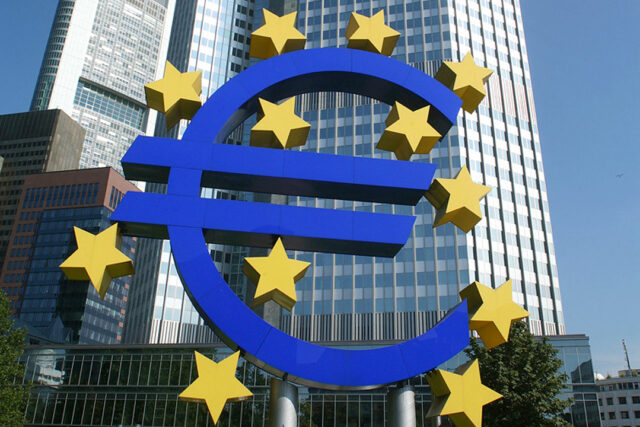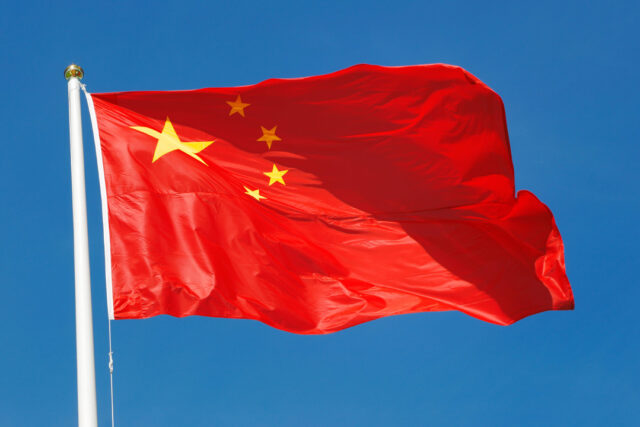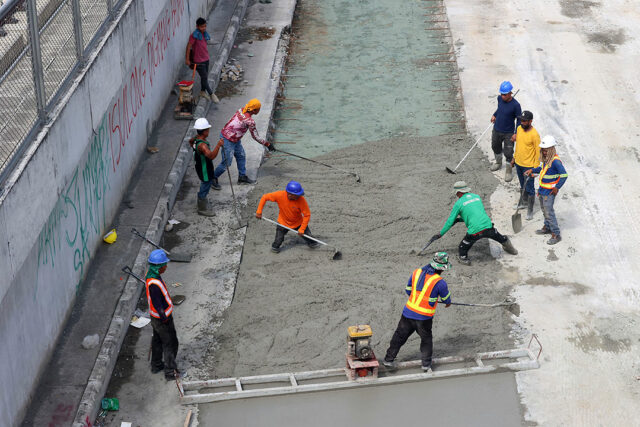THE ASIAN Development Bank (ADB) kept its economic growth forecasts for the Philippines at 6% this year and 6.2% for 2025, as moderating inflation and further policy easing boost domestic demand.
In its latest outlook, the Philippines and Vietnam are expected to be the fastest-growing economies in Southeast Asia this year and in 2025.
This year, the two countries’ 6% growth is projected to outpace Cambodia (5.8%), Indonesia (5%), Malaysia (4.5%), Laos (4%), Brunei (3.7%), Timor-Leste (3.1%), Singapore (2.6%), Thailand (2.3%) and Myanmar (0.8%).
However, the ADB’s Philippine gross domestic product (GDP) growth projection for this year is at the low end of the government’s 6-7% goal, while the forecast for 2025 is below the government’s 6.5-7.5% target.
“Most of the ingredients for the Philippines’ sustained economic growth are in place — rising government revenues are boosting public expenditures on infrastructure and social services, increasing employment is driving consumption, and reforms to open the economy to more investments are underway,” ADB Philippines Country Director Pavit Ramachandran said in a statement.
In the first half, the Philippines’ GDP growth averaged 6%. To meet the lower end of the government’s target, the economy must grow by 6% in the second semester.
Sustained public investment will also continue to lift growth, ADB said. The manufacturing, construction and service sector will also contribute positively to economic output, the Manila-based lender said.
External demand for electronics exports bodes well for the Philippines, which is involved in low value-added segments such as assembly, testing and packaging. However, the ADB said it might not benefit from the demand for high-tech products.
“That’s why the Philippines is experiencing increased exports at this point, but not in the case say of Cambodia, Indonesia and Thailand because they’re not yet in the high-tech products so they’re not benefiting from the AI (artificial intelligence)-related upcycle, semiconductor upcycle, at this point,” Dulce Zara, senior regional cooperation officer at ADB’s Southeast Asia Department, told a virtual briefing.
As of end-July, Philippine exports of electronic products grew by 2.5% to $23.88 billion. They accounted for 56% of total exports.
SLOWING INFLATION
“With inflation slowing, the country is in a strong position to lead growth in Southeast Asia,” Mr. Ramachandran said.
The ADB lowered its inflation forecast for the Philippines to 3.6% this year from 3.8% in its April update.
For 2025, the ADB also trimmed its inflation forecast for the Philippines to 3.2% from 3.4%.
These forecasts are slightly higher than the Bangko Sentral ng Pilipinas’ (BSP) 3.4% projection for 2024, and 3.1% for 2025.
“Food price pressures are expected to dissipate on the impact of reduced import duties on key staples,” the ADB said.
In June, President Ferdinand R. Marcos, Jr. slashed tariffs on imported rice to 15% from 35% to tame inflation. Last year, he also extended reduced tariffs on corn, pork and mechanically deboned meat.
A sustained downtrend in inflation could prompt the BSP to continue its easing cycle through 2025, the ADB said.
At its August meeting, the Monetary Board began its easing cycle with a 25-basis-point (bp) cut in interest rates. This brought the key policy rate to 6.25% from an over 17-year high of 6.5%.
The country’s current account deficit is also expected to narrow amid a recovery in exports and strong growth in remittances, the ADB said.
The BSP widened its projected current account deficit to $6.8 billion (equivalent to -1.5% of GDP) from its previous forecast of $4.7 billion (-1% of GDP).
However, the ADB noted several risks that weigh on the Philippine outlook, such as a sharper slowdown in major economies and China, and financial volatility arising from the US Federal Reserve’s policy decisions.
“Heightened geopolitical tensions and higher global commodity prices also pose risks. Severe weather events could elevate inflationary pressures,” it added.
DEVELOPING ASIA
Meanwhile, the ADB raised its growth forecast for developing Asia to 5% this year from 4.9%, driven by strong demand for tech exports and faster consumption.
“Strong economic fundamentals will continue to underpin expansion this year and next,” ADB Chief Economist Albert Park said in a statement.
“Financial conditions are expected to improve as inflation moderates further and the United States eases its monetary policy, and this will support the positive outlook for the region.”
The ADB trimmed its 2024 growth forecast for Southeast Asia to 4.5% from 4.6% in April.
“Subdued government capital spending and slower-than-expected export recovery will weigh on growth in Southeast Asia this year,” it said.
The ADB kept its 2025 growth projection for developing Asia at 4.9%, and for Southeast Asia at 4.7%.
Meanwhile, the Manila-based lender also trimmed its inflation forecast for developing Asia this year to 2.8% from 3.2% in April after China’s inflation projection was revised to 0.5% from 1.1%.
For 2025, Developing Asia’s inflation was also cut to 2.9% from 3%.
“Inflation is already coming down in the region, so these conditions for monetary policy easing are already materializing and the Fed could create additional space for monetary policy easing by Asian economies,” ADB Principal Economist John Beirne told the briefing.
“Whether they would do that really depends on their domestic circumstances as regards the outlook for inflation.”
However, the ADB raised its inflation forecast for Southeast Asia this year to 3.3% from 3.2% in April due to currency depreciation in Laos and Myanmar.
“A stronger-than-expected easing of global commodity prices, as well as currency appreciation in some cases, were contributory factors. For 2025, the inflation projection for the subregion is raised to 3.2%,” it said. — Beatriz Marie D. Cruz













